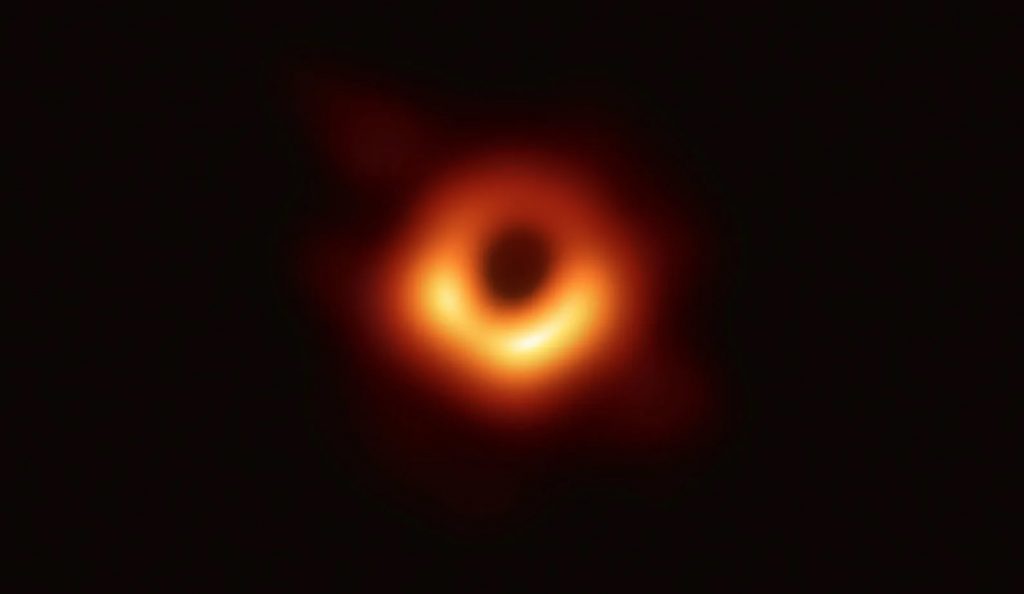A black hole is formed when a massive object undergoes gravitational collapse, creating a region in space where gravity is so strong that not even light can escape. This collapse usually happens when a star reaches the end of its life cycle. The specific conditions that lead to the creation of a black hole can be broken down as follows:
1. Stellar Remnant:
- Black holes often form from the remnants of massive stars, typically those with at least 20 times the mass of our Sun.
- When these stars run out of nuclear fuel, they can no longer support themselves against gravity with nuclear fusion pressure. This causes the core of the star to collapse inward under its own weight.
2. Supernova Explosion:
- If the star is massive enough, the core collapse results in a supernova explosion. During this event, the outer layers of the star are ejected into space.
- What remains behind is a superdense core, which may become a black hole if the mass is sufficiently large.
3. Gravitational Collapse:
- If the remnant core is more than about 2-3 times the mass of the Sun, it will continue collapsing due to gravity. As it collapses, it becomes incredibly dense, and its gravity becomes stronger and stronger.
4. Singularity and Event Horizon:
- The core collapses into an infinitely small point called a singularity, where all the mass is concentrated, and the laws of physics as we currently understand them break down.
- Surrounding this singularity is a boundary called the event horizon, the “point of no return.” Once anything crosses this boundary, it cannot escape the black hole’s gravitational pull.
5. Spacetime Curvature:
- According to Einstein’s theory of General Relativity, a black hole is a region where spacetime itself is extremely curved. This warping of spacetime creates a well from which nothing, not even light, can escape once it passes the event horizon.
In summary, a black hole forms when a massive star dies and its core collapses under its own gravity. The result is an object with such intense gravitational pull that not even light can escape, creating the mysterious and extreme environment we associate with black holes.
The explanation I provided about black holes is based on widely accepted concepts from physics and astrophysics. Here are some authoritative sources that support this understanding:
- NASA: NASA’s website has extensive resources on black holes, including how they form and their role in the universe. You can explore their educational pages about black holes, supernovae, and stellar evolution.
- Einstein’s Theory of General Relativity: Black holes are a direct consequence of Einstein’s general theory of relativity, which describes how gravity works in the universe, particularly the concept of spacetime and its curvature near extremely massive objects. Key references for understanding these concepts include:
- Einstein, A. (1915). “The Field Equations of Gravitation” (Annalen der Physik).
- Stephen Hawking’s Work: Stephen Hawking’s groundbreaking research on black holes, including his discovery of Hawking radiation, has been crucial to our modern understanding. His book A Brief History of Time provides a great overview for the general public.
- Hawking, S. (1988). A Brief History of Time. Bantam Books.
- Textbooks on Astrophysics and General Relativity: Standard textbooks used in universities, such as:
- “Gravitation” by Charles W. Misner, Kip S. Thorne, and John Archibald Wheeler (often referred to as the “MTW” book), provides in-depth information on the theory of black holes.
- “An Introduction to Modern Astrophysics” by Bradley W. Carroll and Dale A. Ostlie offers detailed explanations on the life cycle of stars and the formation of black holes.
These sources, from NASA’s outreach materials to scientific textbooks and seminal papers, all provide reliable and evidence-based explanations about the formation of black holes.

https://www.britannica.com/place/Virgo-A
This image, released in 2019, was the first direct visual capture of a black hole. It shows the shadow of a supermassive black hole located in the center of the galaxy M87. The Event Horizon Telescope (EHT) collaboration made this possible by combining data from a network of radio telescopes around the world.